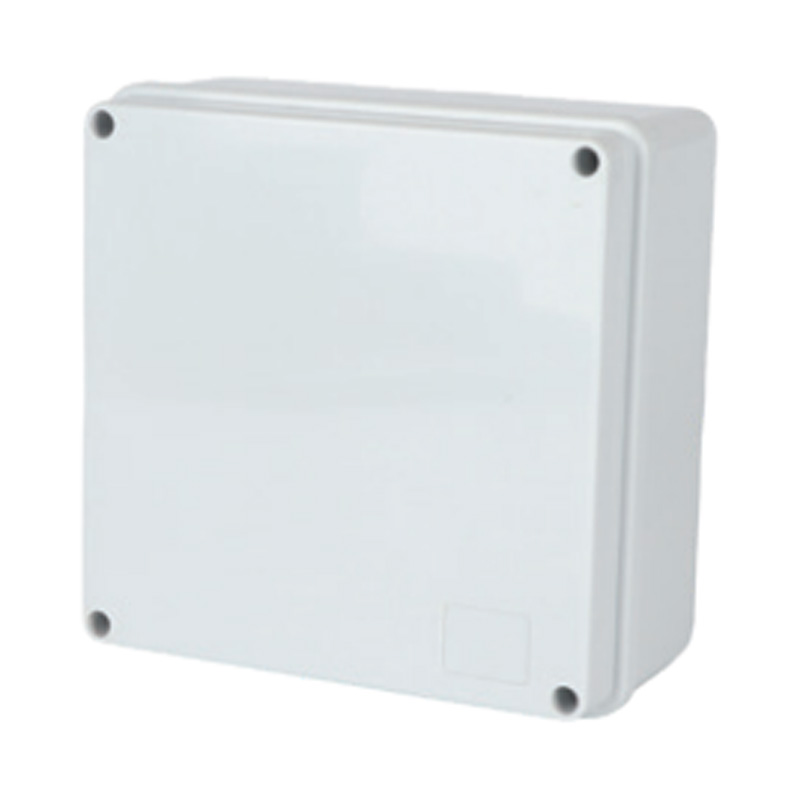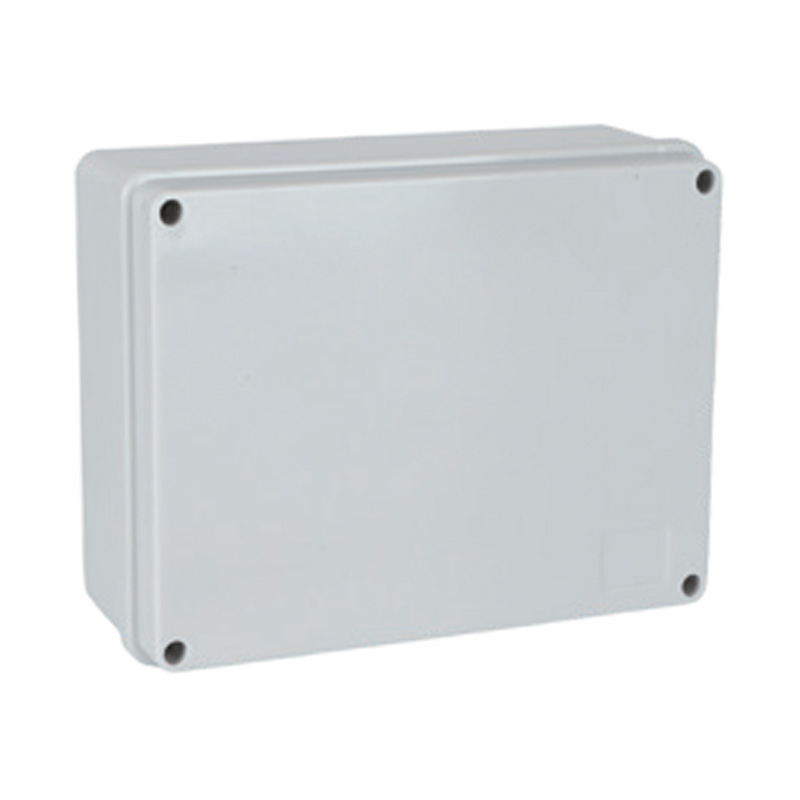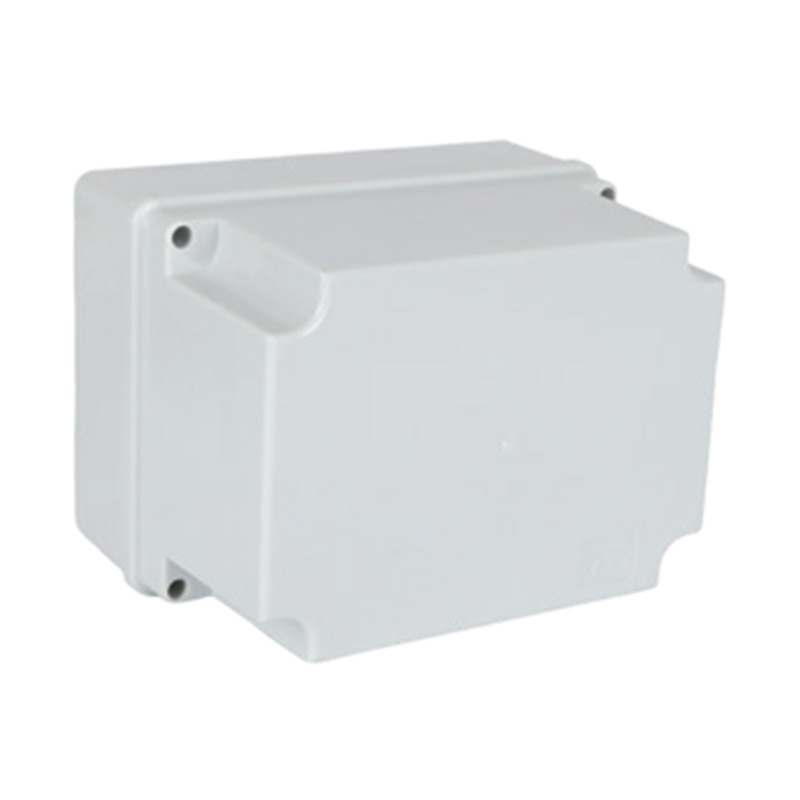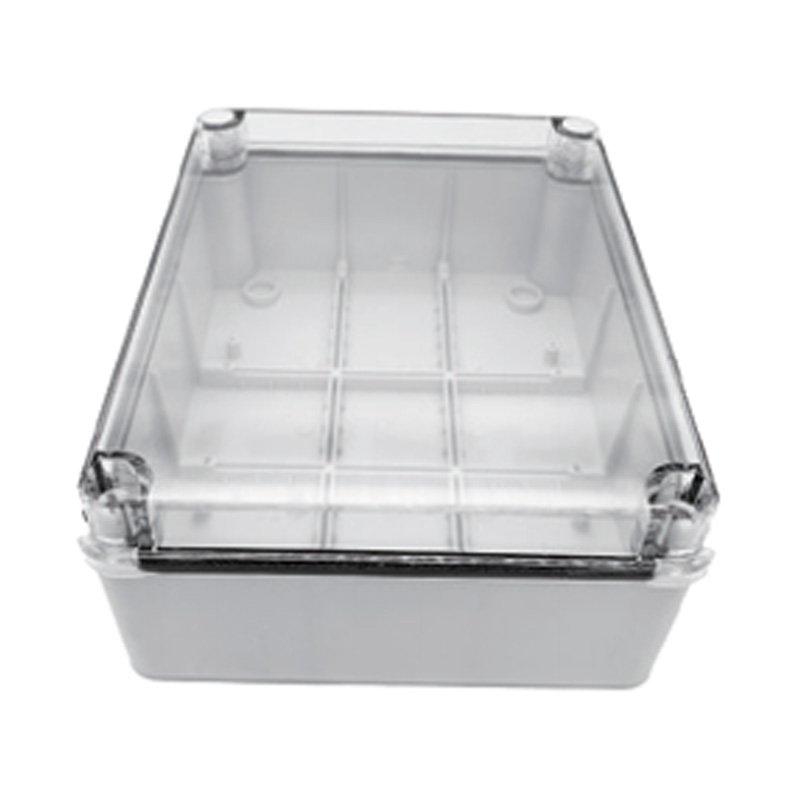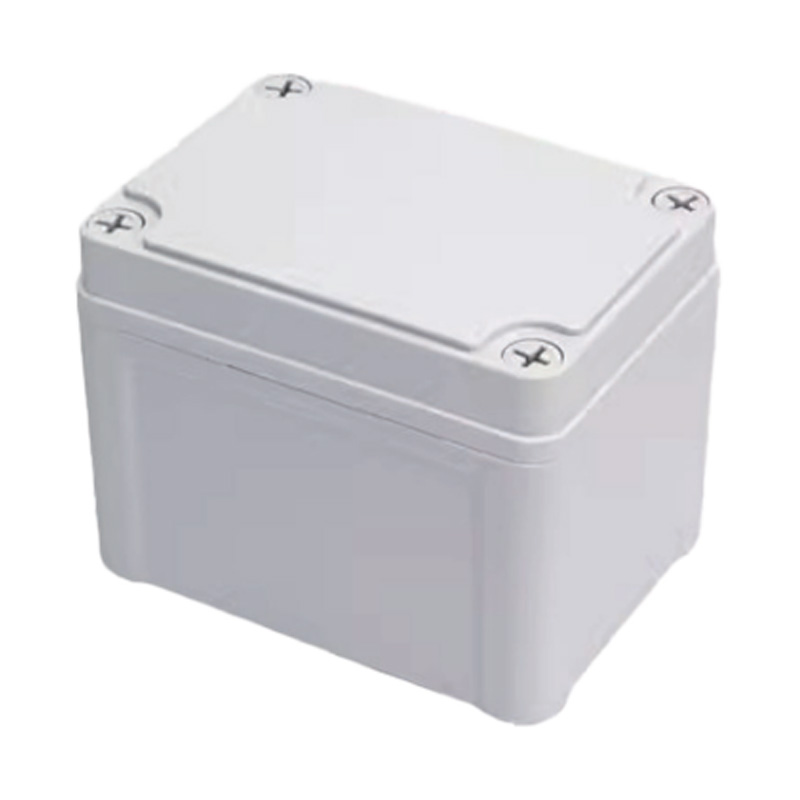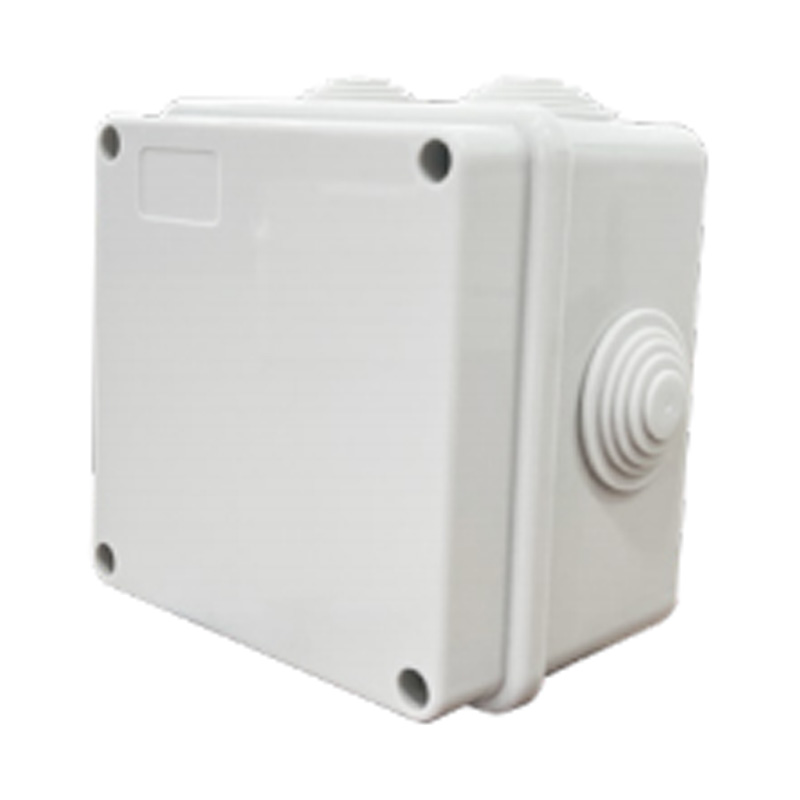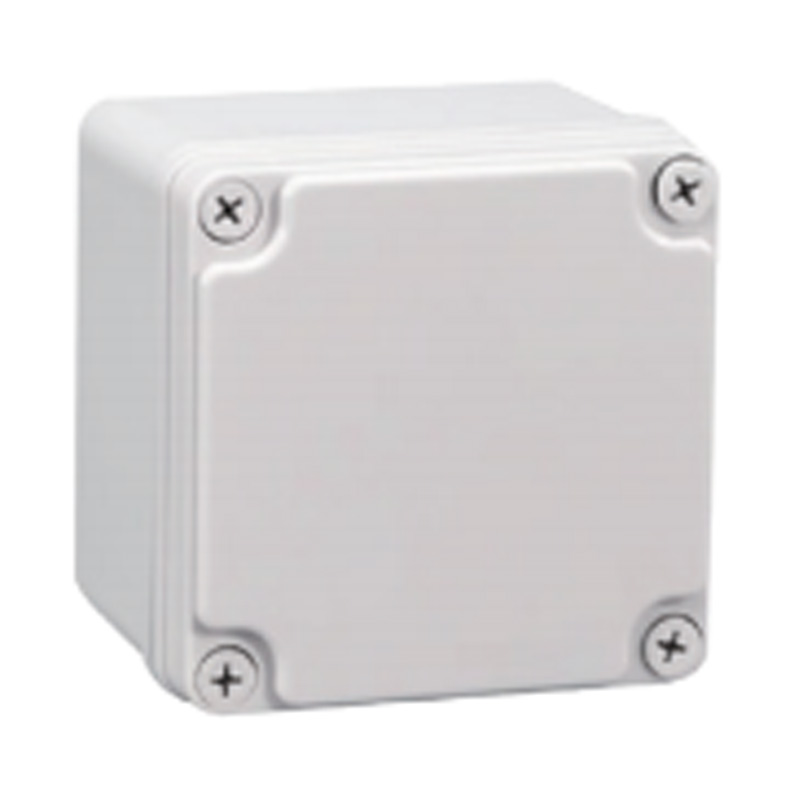Structural features of plastic waterproof junction box
 2024.04.26
2024.04.26
 Industry news
Industry news
The plastic waterproof and dustproof juinction box is a new type of shell. lit is light in size, easy to openholes, has good protection effect, is easy to install, has good insulation properties, and is resistant tochemical corrosion and mechanical exfrusion! The plastic waterproof and dustproof juinction box is a new type of shell. lit is light in size, easy to openholes, has good protection effect, is easy to install, has good insulation properties, and is resistant tochemical corrosion and mechanical exfrusion!
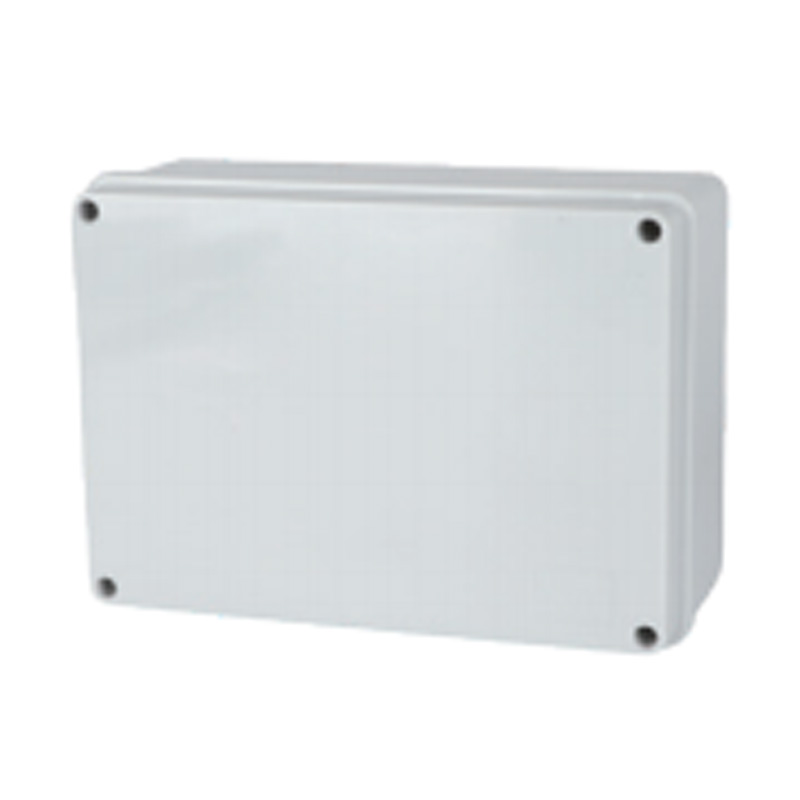
Can Plastic Waterproof Electrical Boxes Stand Up to Ambient Temperatures?
One of the common methods for safeguarding electrical connections is through the use of waterproof electrical boxes. But how well do these plastic enclosures perform under varying ambient temperatures?
Waterproof connection boxes, often referred to as weatherproof electrical boxes, are designed to protect electrical connections from moisture, dust, and other environmental factors. These boxes are made from various materials, including plastic, which is known for its durability and cost-effectiveness. Plastic waterproof electrical boxes are commonly used in both residential and commercial settings due to their versatility and ease of installation.
The primary function of a waterproof connection box is to create a barrier between the internal electrical components and the external environment. This barrier prevents water ingress, which can short circuits, electrical fires, and other hazards. Moreover, these boxes are designed to maintain their integrity under a range of ambient temperatures, ensuring that they remain effective protectors in various climates.
Industrial Electrical Junction Box: The Importance of Temperature Resistance
In industrial settings, electrical junction boxes are subjected to a wide range of temperatures, from the heat of summer to the freezing cold of winter. These fluctuations can have a significant impact on the performance and longevity of the boxes. Industrial electrical junction boxes, therefore, must be made from materials that can withstand these temperature without compromising their structural integrity.
Plastic is a popular choice for industrial junction boxes due to its ability to resist both high and low temperatures. High-quality plastics can maintain their shape and function even when exposed to heat or cold, making them ideal for use in environments where temperature fluctuations are common.
The Science Behind Plastic's Temperature Resistance
The ability of plastic to withstand ambient temperatures is due to its thermoplastic properties. Thermoplastics are polymers that become pliable or moldable above a specific temperature and return to a solid state upon cooling. This characteristic allows thermoplastics to be shaped and reshaped multiple times, which is beneficial during the manufacturing process.
Moreover, thermoplastics have a glass transition temperature (Tg), which is the temperature range over which the polymer transitions from a hard and relatively brittle state to a more ductile and flexible state. Below the Tg, the material behaves like a glassy polymer, while above it, it behaves more like a rubbery polymer. This transition allows plastic waterproof electrical boxes to maintain their structural integrity in both hot and cold conditions.
Testing and Standards for Temperature Resistance
To ensure that plastic waterproof electrical boxes can withstand the rigors of varying ambient temperatures, they are subjected to rigorous testing and must meet specific standards. These tests include thermal cycling, where the boxes are exposed to a range of temperatures to simulate the conditions they will face in real-world applications.
International standards, such as the International Electrotechnical Commission (IEC) and Underwriters Laboratories (UL), set guidelines for the performance and safety of electrical boxes. These standards include requirements for temperature resistance, ensuring that plastic waterproof electrical boxes can operate safely within specified temperature ranges.
Applications and Considerations
Plastic waterproof electrical boxes are used in a variety of applications, from outdoor lighting to industrial machinery. When selecting a box for a specific application, it's essential to consider the ambient temperature range the box will be exposed to. For instance, boxes used in tropical climates will need to withstand higher temperatures than those used in colder regions.
Additionally, the type of plastic used in the construction of the box can impact its temperature resistance. High-density polyethylene (HDPE) and polyvinyl chloride (PVC) are popular choices due to their resistance to both heat and cold. However, other factors, such as the box's design and the presence of any gaskets or seals, can also affect its ability to maintain its integrity under temperature stress.


 English
English 中文简体
中文简体 Español
Español عربى
عربى

